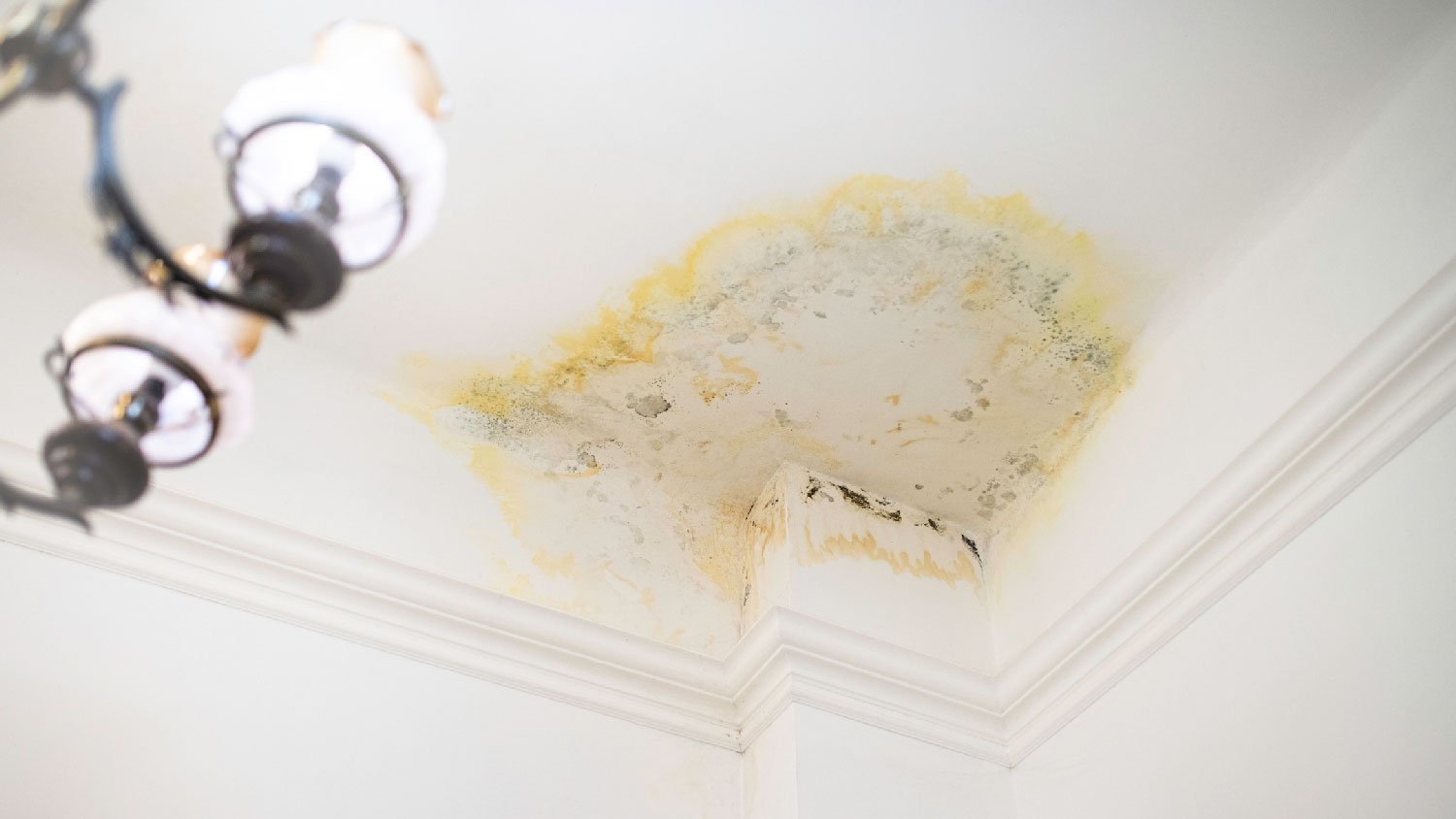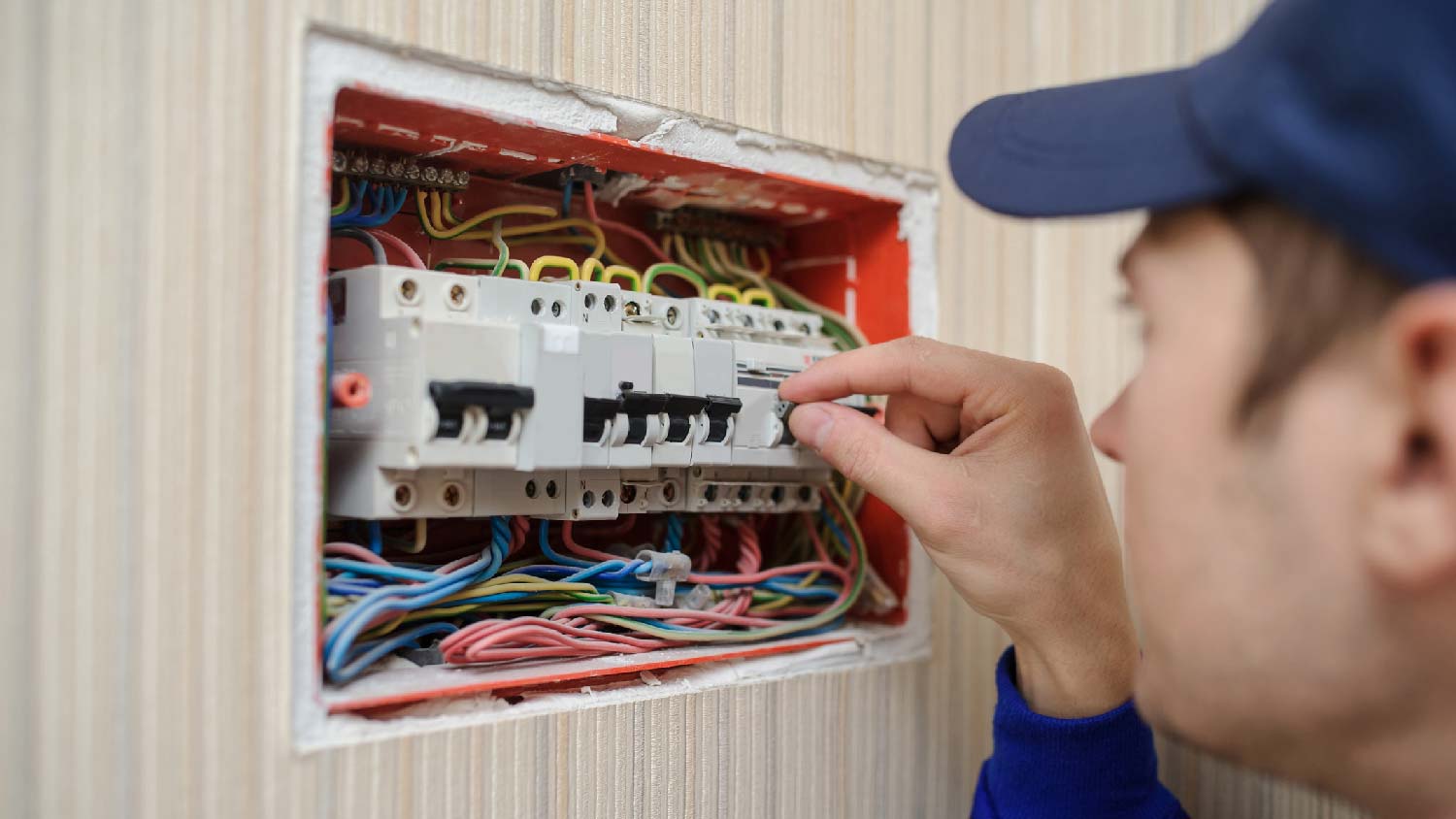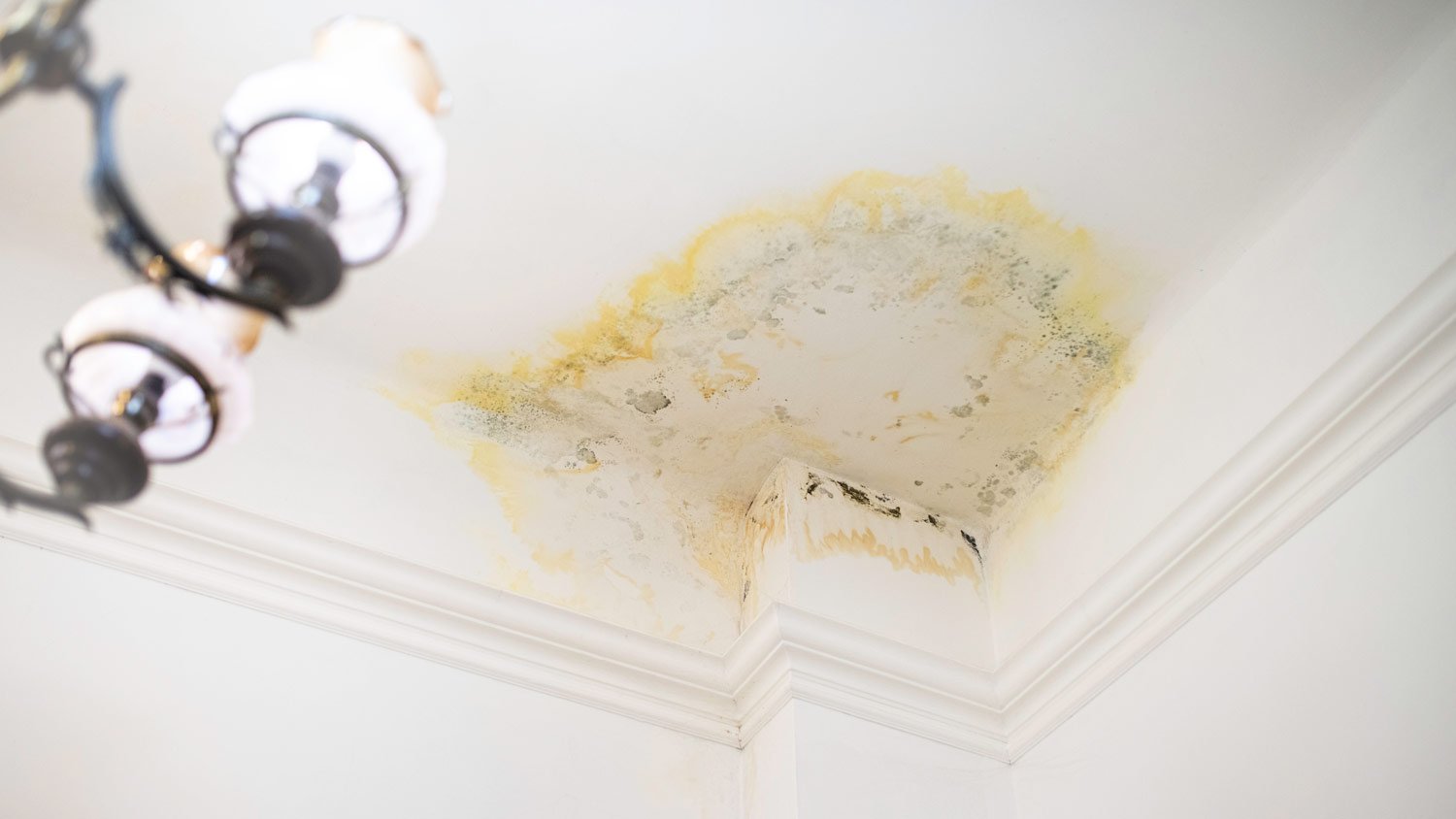6 Common Causes of Fire Damage and What to Do Next
What’s sparking the damage and how to fix it


Combustion usually creates the most widespread damage after a fire, and replacing combusted materials will be the most costly.
The water or chemicals used to put out the fire can cause lasting damage and may require remediation to make your home safe again.
Call a professional fire damage restoration company after a fire for the best results, and lean on your homeowner’s insurance for help with payment.
When you imagine the cause of fire damage, your mind probably jumps immediately to charred building materials and belongings. While the actual combustion normally causes the worst of the damage, there are other underlying problems that you shouldn’t neglect after a house fire.
1. Combustion
Combustion is what causes the most damage in a house fire. Building materials and belongings that catch fire are either completely destroyed or become structurally compromised. You could see charred and blackened drywall, flooring, cabinetry, and more, and you may not see combusted structural components, like floor joists, wall studs, main beams, and roof rafters.
The Solution
The best and safest solution for dealing with combusted materials is to call a local fire damage restoration company to tackle the repair and buildback. These professionals can handle everything from floor replacement to structural repairs, making your job significantly easier.
2. Smoke and Soot
Less obvious in many cases but just as important to deal with is the damage left behind by smoke and soot. Both leave residue that can ruin a variety of materials and strong, pervasive odors, even in areas of your home where combustion didn’t take place. You may notice smoky odors or see heavy black staining on building materials and belongings.
The Solution
You can clean up minor smoke damage yourself by scrubbing walls and stains on ceilings with a soot sponge. You can also rent an ozone generator to pull odor-causing residue out of materials. However, it’s best to have a professional tackle smoke and soot damage and fire damage along with the necessary demo and reconstruction.
3. Water

Water is a less obvious cause of damage during a fire, but it’s still considered a type of fire damage, as it can result from extinguishing efforts. You may notice wet building materials, sagging insulation, crumbling drywall, warped floorboards, dark splotches on surfaces, and musty odors left behind if mold begins to grow.
The Solution
If you’re DIYing this type of fire damage remediation, begin by using a shop vacuum or water pump to remove standing water and puddles. Next, run blower fans and dehumidifiers for 24 to 72 hours to remove moisture and avoid mold growth. Alternatively, hire a fire damage restoration company and have them include this in their scope of work along with mold remediation if the water sat for too long.
4. Chemicals
If your firefighters used chemicals instead of water, you may have chemical damage as a result of the fire. Chemical damage is difficult to see, but you may notice a strong chemical odor in your living space.
The Solution
The best option is to remove heavily damaged materials and perform several deep cleanings to remove the chemicals. Relying on a professional for this work is best, as exposure to the chemicals can be dangerous.
5. Heat
Finally, the heat during a house fire can lead to severe fire damage. Even in areas of your home that didn’t catch fire, the heat can melt certain building materials, including vinyl flooring, window frames, drain pipes, and electrical wiring. Heat damage is challenging to diagnose, so it’s best to have an inspection done by a professional.
The Solution
The best course of action is to have a professional fire damage restoration company inspect your home, determine if elements have suffered from heat damage, and carry out replacement as needed.
When to Call a Pro

Fire damage is dangerous to remediate yourself, not only because you’ll be exposing yourself to airborne soot, mold spores, and chemicals but also because it’s easy to miss structural damage caused by combustion and smoke, which could leave your home structurally unsound. Always call in a professional for fire damage restoration. Fire damage costs an average of $27,100, but your homeowner’s insurance will very likely cover all of it or the bulk of it.
Frequently Asked Questions
According to the National Fire Prevention Association (NFPA), the leading cause of house fires is cooking accidents, followed by fires started by heating equipment. Electrical issues are the third most common cause of house fires. The best way to keep your home protected is to use caution when cooking and never leave a stove or oven unattended while in use. You can also keep up with chimney cleaning and avoid using space heaters to reduce the risk.
Homeowner’s insurance will almost always cover fire damage and repairs unless your insurer finds the fire was caused intentionally. In most cases, if the fire was an accident, your provider will cover the cost of emergency services, like roof tarping and emergency securing, as well as the actual fire damage remediation and buildback to bring your home back to its previous condition. They should also cover alternative housing for as long as the fire damage restoration takes. You’ll just be responsible for paying the deductible.















